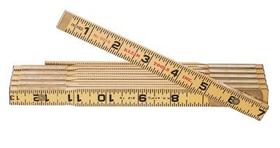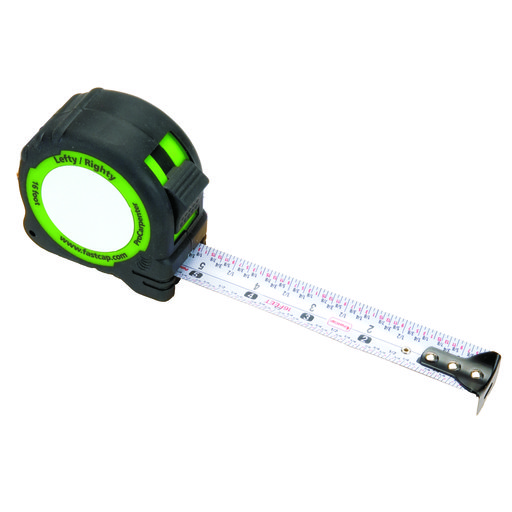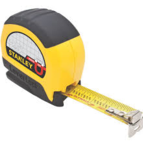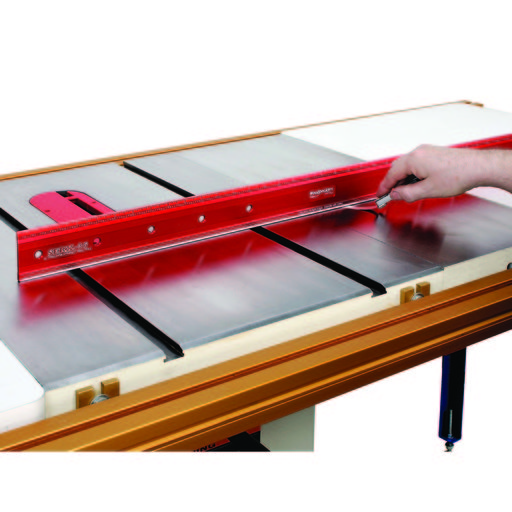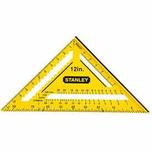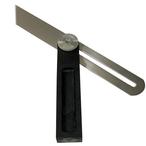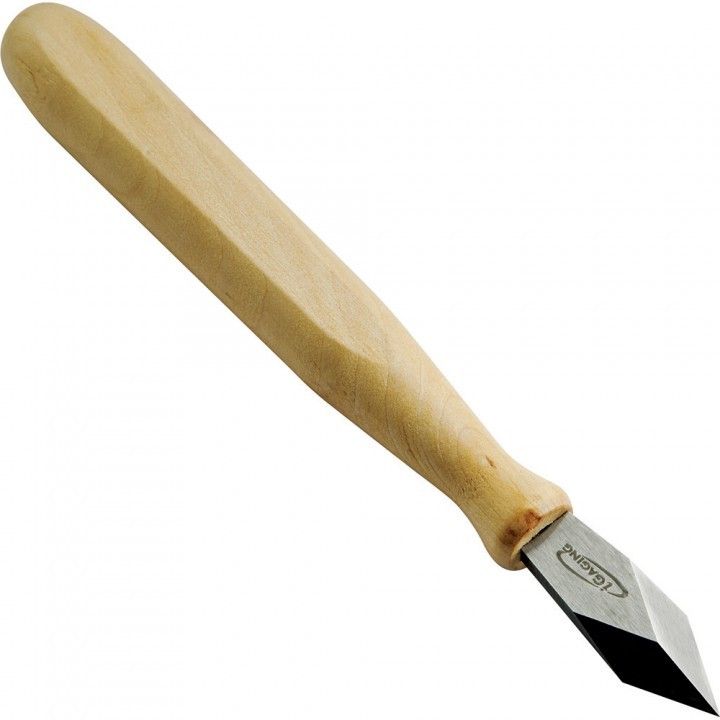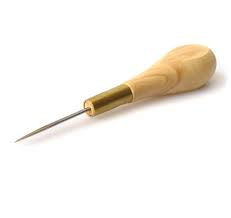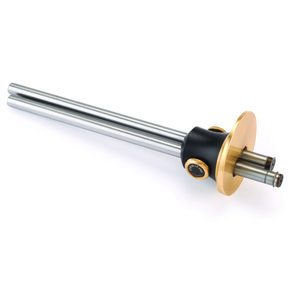MEASURE TWICE, CUT ONCE
Most woodworkers don’t give much thought to most basic tools in their shop, they
are too busy picking out the best chisels, scrapers, clamps, special jigs, tool,
woodworking machinery, hand planes and all manner of accessories to make
their work go smoothly and more accurate. What they are missing is the
measuring and marking tools.
Look at what you own in the way of measuring and marking tools. Many of the
frequent troubles in woodworking are out of a four-sided figure frames, casework,
joints that fit poorly, etc. can be traced back to the measuring and marking
mistakes. The culprit is usually only a matter of using the incorrect measuring
and marking too for the job. A tape measure was not calculated for the extremely
accurate measurements that most woodworking projects require.
Making for some exacting work, in most woodworking projects, the first thing you
do is marking and measuring linear dimensions. Miscalculations as small as
100th of an inch when marking and measuring in such complicated joinery or
small, tight parts will later show up as gaps in joints or uneven parts or a host of
other less-than-perfect results.
Depending on how correctly you are able to interpret a measurement into an
objective mark on a piece of wood is the outcome of measuring from point 1 to
point 2. Holding down a tape measure while trying to accurately mark off a
measurement is a difficult task, mainly because tape measures are not meant to
lay flat. An accurately calibrated and readable marking and measuring tool is
needed for all woodworking projects.
RULES & TAPE MEASURES
Since even the best measuring tools are relatively inexpensive, most
woodworkers acquire a variety of rules and tape measure to meet different need.
However, it is advisable to use the same rule or measuring tool throughout the
project, just in case there is any variation between one tool and another.
Purchase both rules and tape measures with standard and metric graduations –
but take care not to confuse one system with the other once you have begun to
mark out a work piece. You can measure one piece of wood accurately and then
use it as a template for the other pieces if more than one of the same size is
needed, this will save you time in the marking and measuring department.
SQUARES & T-BEVELS
Squares are used to make sure things are at a right angle to one
another. In a woodshop, these things might be the edge of a board, the shoulder of a
tenon, the fence on a jointer and so on. However, square is an abstract term.
Looked at closely enough, nothing is truly square; some things just approach the
idea of being square than others. There are four types of square generally
used in woodworking.
MARKING TOOLS
Your shop may be filled with the finest cutting and shaping tools money can buy, but if you don't measure and mark precisely, your project parts will fit like a cheap suit. Perhaps that's why woodworking catalogs offer page after page of products promising to make you a more accurate woodworker. To help you sort it all out, here are the marking tools we find very useful

